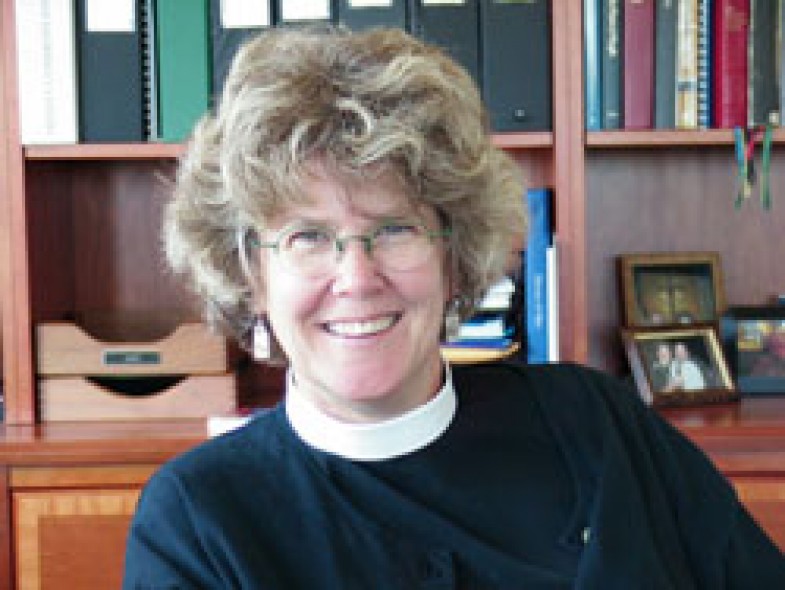COMMONS MAGAZINE

There is a profound spiritual dimension to the commons, notes Rev. Tracey Lind, dean of Trinity Episcopal Cathedral in Cleveland. Indeed, one of the most enduring forms of commons in the world are the sacred places that play an essential part in nearly all religions: temples, shrines, ritual sites, burial grounds, pilgrimage paths, holy springs, holy forests and holy mountains.
The deep religious nature of these places mean they are generally open to everyone for prayer, ceremonies and socializing. she says, “The famous Gothic cathedral of Chartres did not belong to just priests and bishops. It was a part of the whole community. Even today everyone in town can claim it as theirs, and feel proud of it.
“What would happen if we made all houses of worship in this country into commons?“she asks. “Where we could come together. Rich and poor. Black, white and brown. Young and old. Gay and straight. There aren’t many places where that can happen today.”
Lind, who is also a city planner, is working to do just that in inner city Cleveland with Trinity Commons, the most ambitious new development for her neighborhood in decades. She has brought a coffee shop, independent bookstore, Ten Thousand Villages fair trade store, art gallery, labyrinth and public square to the grounds of Trinity Cathedral. Anyone can come to browse, relax with a cup of coffee, walk the labyrinth, pray, reflect, read, check their email on the cathedral’s wi-fi system, or take part in one of the many events — religious and secular — that go on at the church.
Lind’s inspiration for Trinity Commons is Saint Angela Merici, who founded the Ursulines religious community in the16th Century. “St. Angela, a native of northern Italy, instructed her sisters to be like a piazza’. By that, she meant them to be open, gracious, hospitable and engaged in the world,” she explains.
Lind traveled to Italy several years ago to study the role of piazzas in modern-day Italian life, finding out that “Each piazza is different in ethos, but all have essentially the same characteristics. They are found in the center of the city and tucked away in neighborhoods. You never know what will happen in a piazza; you should always expect the unexpected, the serendipitous and the spontaneous.”
That’s Lind’s hope for Trinity Commons. “Last year we had 80,000 people visit for public events,” she enthuses. “Like Italian piazzas, we are a place for conversation, commerce, worship and celebration.”
In addition to her responsibilities at the cathedral and Trinity Commons, Lind is involved in community, social justice and diversity issues in Cleveland. Her book of photos and essays, Interrupted by God: Glimpses from the Edge, appeared in 2004.